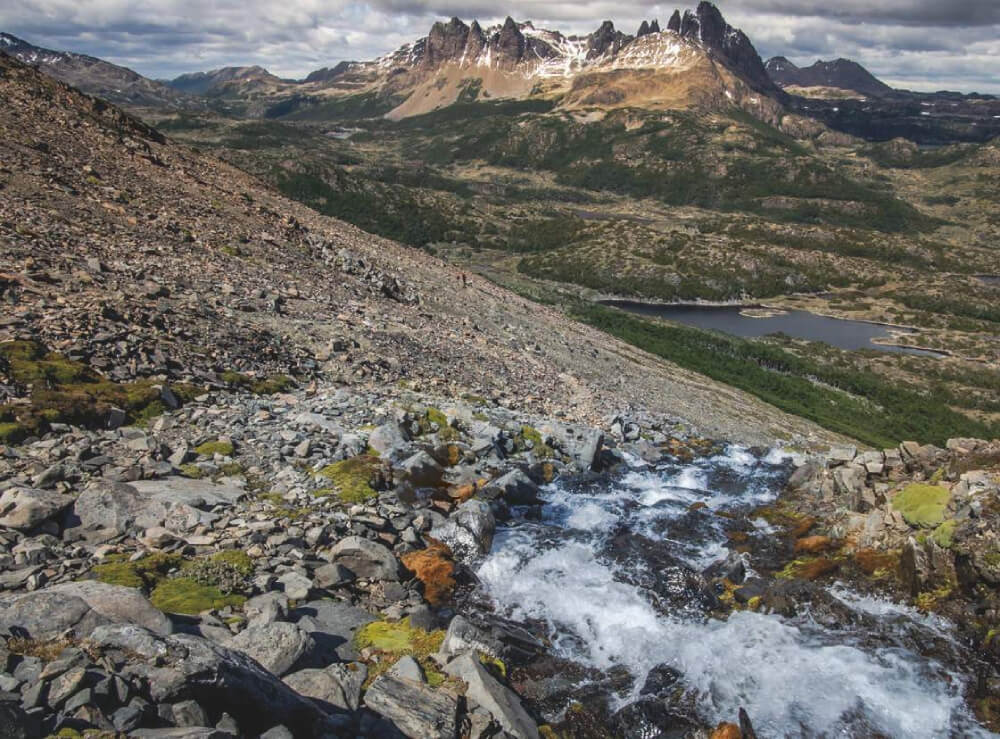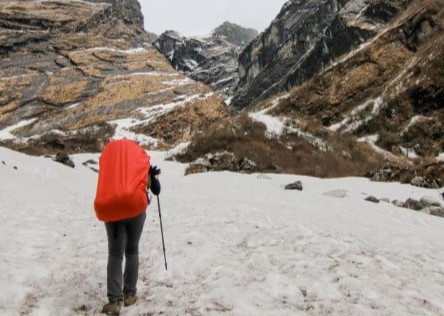
Summary
General Information
Nevado Tres Cruces Sur
Acceso libre
Location: Chile, Región de Atacama
Argentina, Provincia de Catamarca
Area: Laguna Santa Rosa (CL) - Salina de la laguna Verde (AR)
Nearest city:
Altitude:
6748 m.
Year First ascent: 1937
First ascent:
Witold Paryski (PL)
Geographic position:
Lat: -27° 5' 54.8" (WGS 84)
Lon: -68° 46' 39.9"
Alta Montaña
Área protegida
Volcán
Routes
Summit Book
Last Update
Mountain
Nevado Tres Cruces Sur (6748 m.)
Author: Juan Carlos Carmona
Updated at 03/09/2002
Introduction
The Nevado Tres Cruces is located in the homonimous national park in Chile. Declared as a protected wilderness area, two main zones may be distinguished within the park: one includes what corresponds to "Laguna Santa Rosa" and the "Salar de Maricunga" (salar = salt flat); the other zone includes the "Laguna del Negro Francisco". The park has as its main objective to preserve the andean ecosystem.
In the surroundings of this beautiful andean giant, several species of altiplanic birds may be found, among which are pink flamingos and some varieties of geese and ducks; the presence of guanacos and vicuñas further enriches the environment of the lagoons.
The appropiately named Macizo Tres Cruces (Three Crosses Massif) shines above all the other mountains in the area thanks to its three independent summits, the three higher than 6000 meters. The Nevado has some small glaciers which survive even in summer and which give birth to the Lamas River, which feeds the Santa Rosa Lagoon. Owing to the harsh environment and the distance of this mountain to the nearest cities (200 km. from Copiapó), it has seen very few ascents, and it lacks shelters or marked routes, all which makes its access and ascent more difficult. It is a cold and windy mountain, and it can have bad weather almost all year round.
Despite being an important mountain in the area, no evidence of inca presence has been found in its surroundings, as opposite to other six thousand meter peaks of the region.
First ascents
Main summit (South): February 24, 1937. Witold Paryski.
Central summit: February 26, 1937. Stefan Osiecki and Witold Paryski.
Extract from the ascent report of Osiecki and Paryski
... this mountain was the most difficult endeavour of our entire expedition. Since its beginings, some cliffs which formed an almost vertical and pretty high wall offered serious technical difficulties, since they had to be strenuously climbed while carrying our 25 kgs. packs. At 6000m, an intense snow fall with electric discharges began, forced to make a camp at the foot of the second summit of the Tres Cruces. It snowed heavily during the night and the following day we continued our march. The andinists continued along the south glacier and were able in this way to reach the north summit (6620m) just while it started snowing again...*.
* Stefan Osiecki, "La expedición polaca de 1937 en la zona del cerro Ojos del Salado". Revista Andina 69 (1950), pages 27-32.
 Sign the summit book
Sign the summit book


